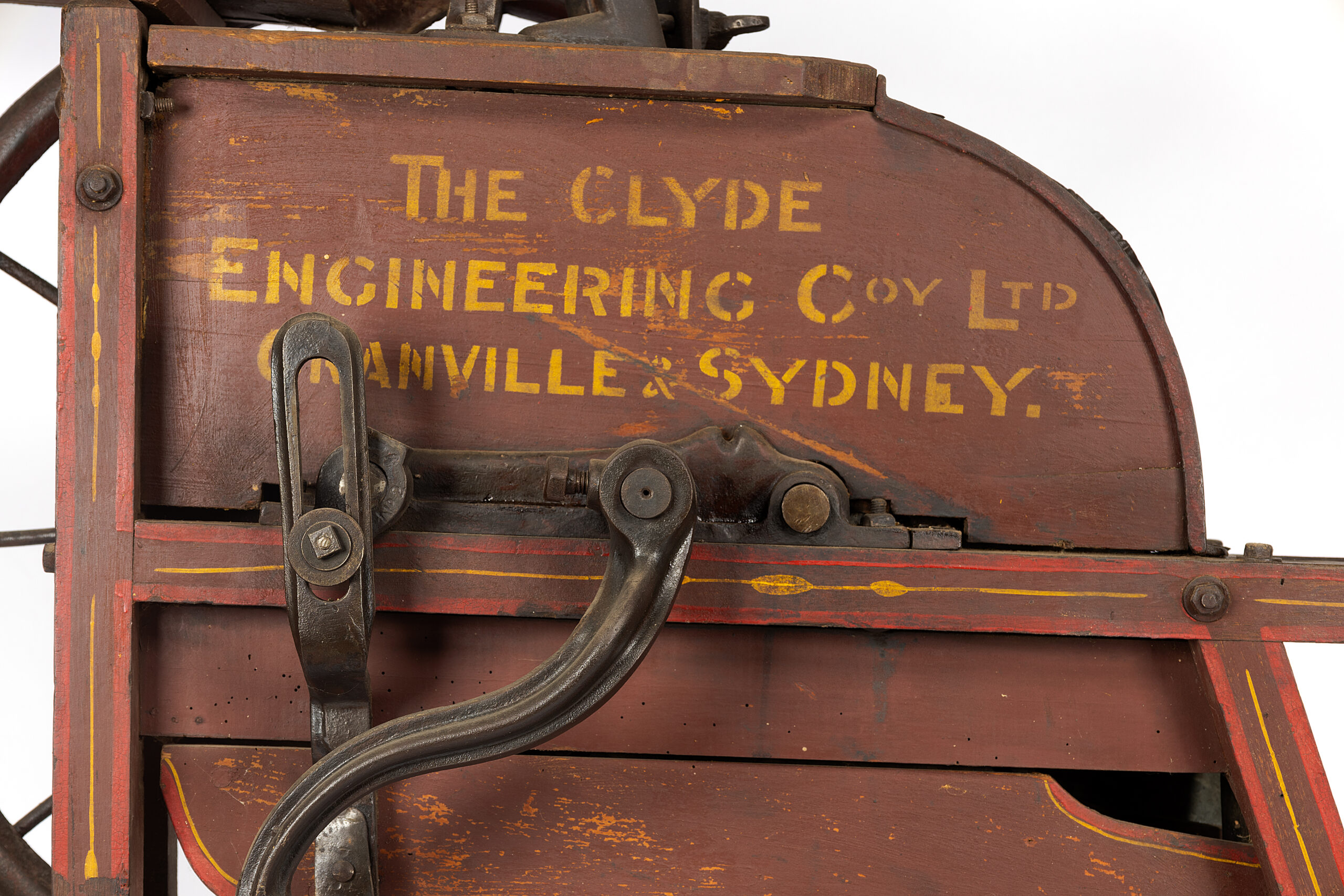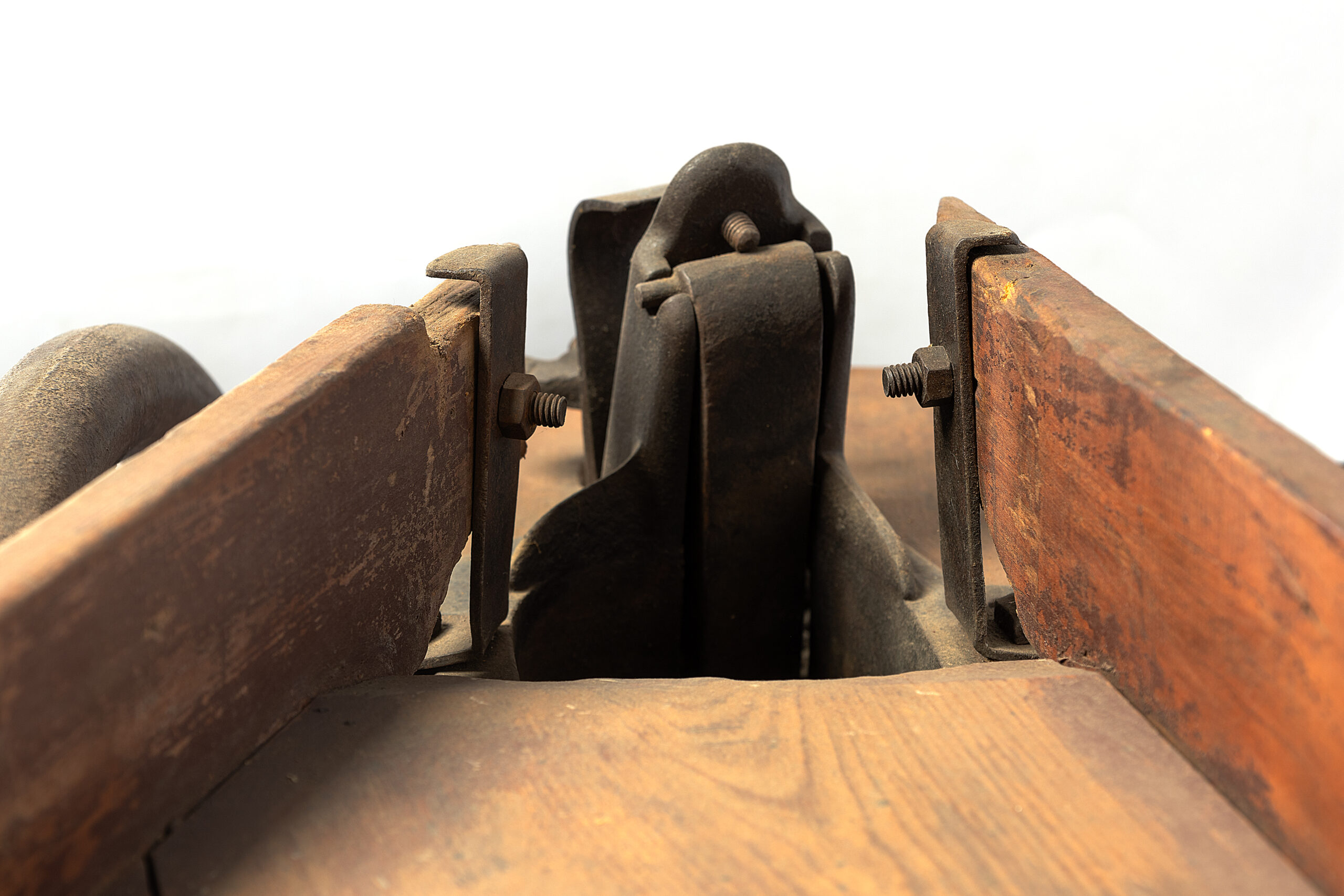Out of the Ashes
Clyde Engineering Co. Rebuilds
The Clyde Engineering Co. began with ‘Hudson Brothers,’ a small woodworking shop in the Sydney suburb of Redfern in 1855, with William Henry Hudson at its helm.
Initially, Hudson Brothers focused on woodworking; the company designed and manufactured windmills and ploughs, and landed iconic projects like the Great Hall at Sydney University and the Garden Palace Exhibition Building (1879). A significant shift in focus came in 1876 when the business won a contract to build rolling stock (vehicles that move on a railway track) for the NSW Government, signalling its move from woodwork to metalwork.
The company’s growth was meteoric, and by 1883, Hudson Brothers had relocated and built a new factory on a massive 200-acre site at Granville, in Sydney’s western suburbs. However, the 1890s recession was brutal, and by 1898, the Hudson Brothers had entered liquidation. Out of the ashes rose Clyde Engineering, with William Hudson remaining involved as a board member.
This ‘Paroquet’ was a hand-operated corn sheller manufactured by the company between 1910-1920. Corn shellers were a boon for small landholders, making shucking corn a breeze; the resulting maize could be used for animal feed or ground into polenta and flour. The phoenix logo attached to the machine is appropriate given Clyde Engineering had truly been reborn.
By 1950, the company had become New South Wales’ largest engineering company, providing steel components for major government projects including the Hawkesbury Bridge and Sydney Harbour Bridge.

















